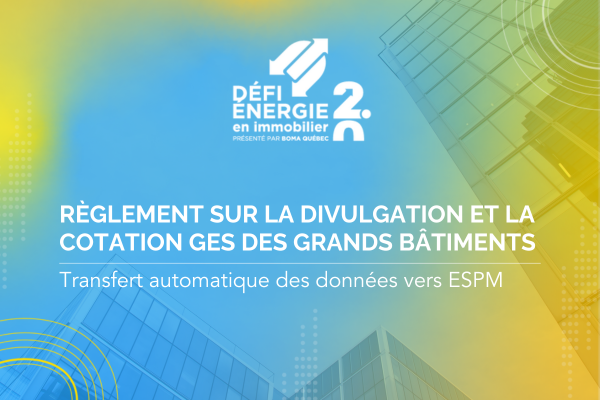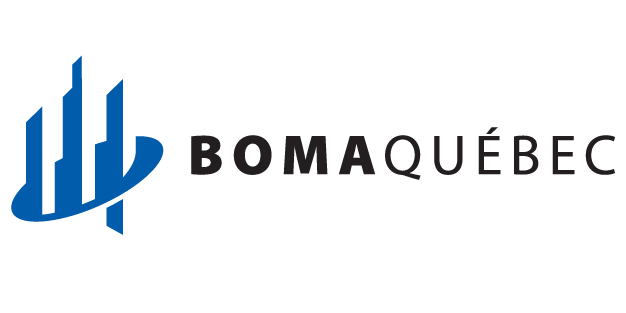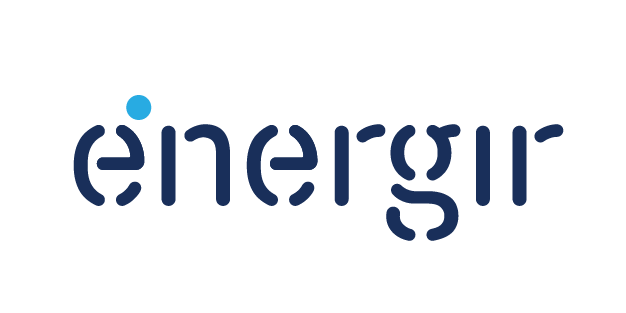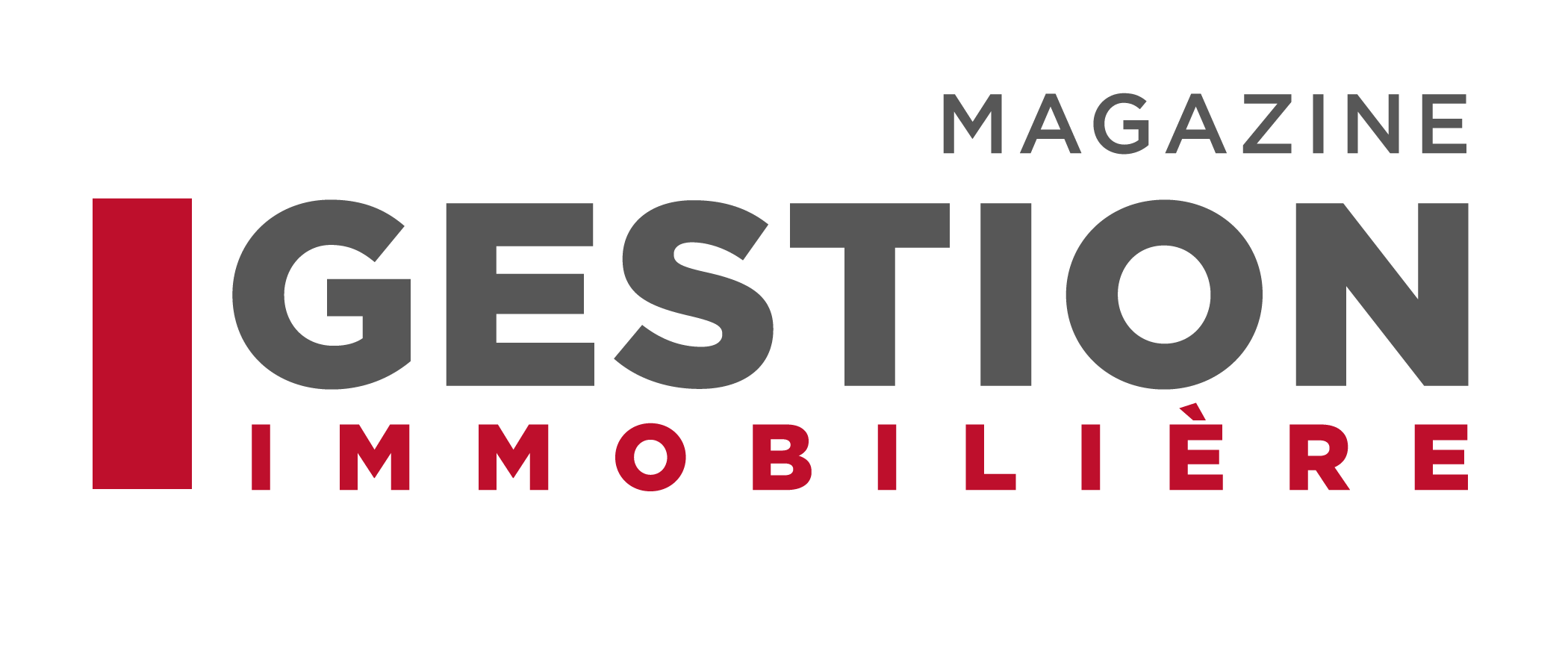It’s possible to obtain better energy efficiency results for rental premises thanks to new technologies now available on the market. Traditional challenges, however, have hindered wide-scale adoption of energy efficiency measures in rental premises due to the large number of stakeholders, budget and design constraints and the dynamics of negotiations between owners and tenants.
A lack of information on the financial benefits and the possibilities offered by energy efficiency, a hesitation on the part of owners or tenants to invest in such measures due to a split incentive (If you’re not the one paying the bill, you’re likely using more energy) or an inability to collect energy consumption data for each tenant and thus validate the benefits of investing in energy-saving measures are such that the value created by energy efficiency in rental premises is poorly understood.
Solutions exist for these types of partnership challenges. They might focus, for example, on the structure to adopt for apportioning costs, or on the organization required to implement energy efficiency measures.
A Green Lease
A green lease is a lease that emphasizes the responsibilities and obligations of both parties to improve the energy performance of the rental premises. This type of lease is briefly outlined in an article describing methods for surmounting barriers to collaboration. The green lease will often include the following:
- clauses outlining an equitable sharing of savings;
- indications of best practices for energy management;
- a guide to environmentally responsible building operations and maintenance.
BOMA International has also developed the BOMA Green Lease Guide, which includes a model green lease.
Comparative Analysis
Comparative analysis consists of comparing the energy performances of similar buildings. The Building Energy Challenge (BEC), as well as projects aimed at voluntary disclosure of energy consumption data, base their data analysis on this method. Taking part in the BEC provides a better understanding of the energy performance of your building and similar buildings across Quebec.
Comparative analysis involves simplifying energy efficiency measures and creating better tools for evaluating the real estate market. Research has shown that buildings with high energy performance offer a rental discount of 2 to 6%[1] as well as a sales bonus of up to 16%[2], and that they are better at attracting the sort of clientele sought by property managers.
Estimating and Modelling Energy Consumption
The Energy Star Portfolio Manager (ESPM) is recommended to both managers and tenants who are looking for indications on the energy performance of their building, as it helps them visualize the energy savings possible. ESPM allows owners to group buildings together, to post and share data and to indicate all rental premises in the building. It allows tenants to create a group of all tenants in the building. The Participant’s Guide describes the steps to follow in order to create and share a group’s data.
Brandywine Realty Trust and the Challenge of Split Incentive
This Case Study presents the strategy used by Brandywine Realty Trust to surmount barriers to the fair sharing of energy savings. Brandywine Realty Trust includes clauses in its leases that allow for:
- Allocating the capital costs of energy efficiency and sharing them with tenants;
- Insisting that tenants submit monthly energy consumption data or that they install a sub-meter.
These clauses allow the firm to monitor energy consumption and implement profitable energy efficiency measures, and allows tenants to realize energy savings.
Collaboration is always possible so long as means are in place to promote working together. Good luck with all your energy saving projects.
1. Eichholtz, P., Kok, N., & Yonder, E. (2012). Portfolio Greenness and the Financial Performance of REITs. Journal of International Money and Finance, 31(7), 1911-1929. http://www.fir-pri-awards.org/wp-content/uploads/Article-Eichhiltz-Kok-Yonder.pdf
2. Eichholtz, P., Kok, N., & Yonder, E. (2010). Doing Well by Doing Good? American Economic Review. http://urbanpolicy.berkeley.edu/pdf/AER_Revised_Proof_101910.pdf







